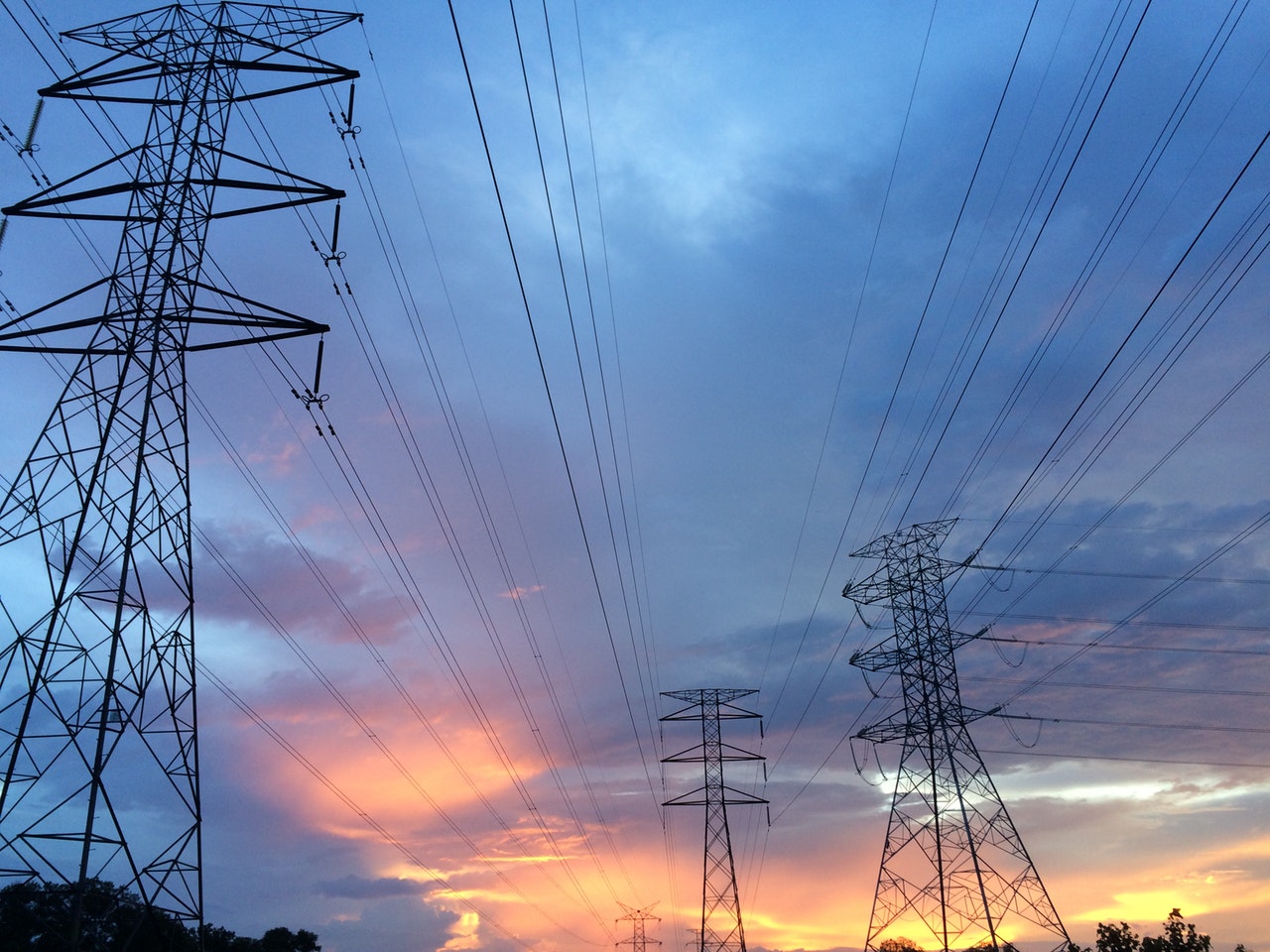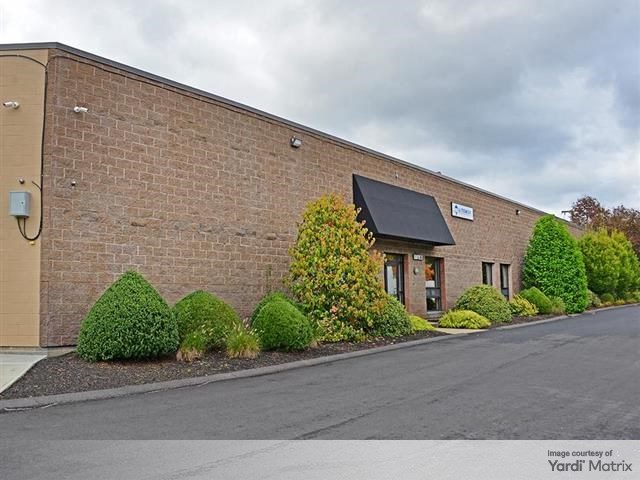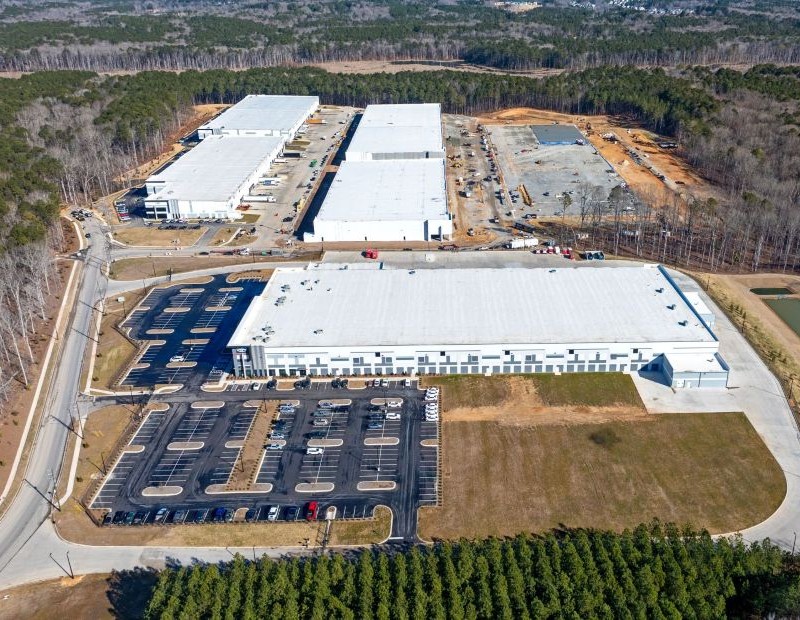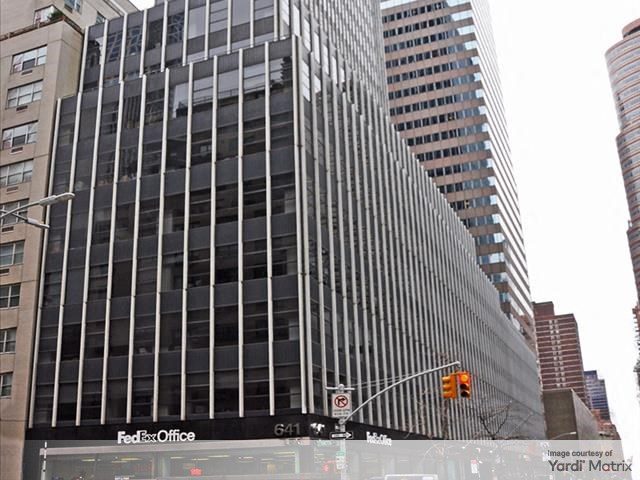Gearing Up for an Electric Decade
The North American Electric Reliability Corp. has a to-do list for the nation's grid.
Commercial real estate depends on a reliable flow of affordable electricity. With an eye to the 2020s, an assessment by the North American Electric Reliability Corp. presents a complex picture of the coming decade.
In its new report, Long-Term Reliability Assessment, NERC paints a largely positive outlook for capacity resources supply, but cites significant challenges, many of them tied to the evolving mix of power sources. As energy storage technology evolves and is combined with growing utility-scale solar, wind and natural gas generation, systems planning and operations enhancements will be essential.

Photo by Pok Rie on Pexels
Long-Term Reliability Assessment spells out priorities for NERC and the half-dozen regional entities that comprise the Electric Reliability Organization Enterprise. The coalition is tasked with reducing risks to the power grid’s reliability and security.
Changing characteristics
The decade ahead will bring new challenges to reliability, as well as new opportunities sparked by rapid change impacting the electricity sector. Conventional generation will be retired, and variable, renewable resources like solar and wind power will be added, altering operating characteristics of the grid in some areas.
Distributed energy resources (DERs) and electricity storage are allowing customers to cut costs and boost resilience. DERs are typically used at the electrical distribution level, and will require a robust transmission system connected to the distribution system, helping maintain balance between the load, energy storage and variable sources like wind and solar energy, NERC reported.
The report identifies an emerging risk of energy deficiency during off-peak periods in two regions. The area served by the Midcontinent Independent System Operator stretches from Minnesota and the Dakotas south to Louisiana. Also at issue is a substantial portion of the West, which covered by the Western Electricity Coordinating Council. NERC expects resources in the rest of the U.S. to be sufficient over the course of the coming decade.
The assessment also examines the changing mix of sources. At the same time that wind and solar power generation are rising, the transmission infrastructure required to support them is declining, the assessment found.
NERC forecasts 330 GW of solar and wind capacity will be added through 2029, while system expansion is likely to decline from the nearly 40,000 circuit miles that were planned early in the last decade to less than 15,000 circuit miles projected the coming six years. New renewable sources are expected to be added in remote areas far from demand and transmission infrastructure. In some areas variable sources like wind and solar are already not only exceeding current transmission capacity, but planned future capacity.
The addition of flexible resources will be necessary to accommodate substantial amounts of solar and wind generation. As well, natural gas generation growth will require ongoing coordinated planning to provide necessary levels of fuel assurance.
The increases in distributed sources through 2029 will prompt changes to the interaction of how distribution and transmission systems. Those increases, along with growth of storage capacity, will demand coordinated interconnection and a stronger transmission system, NERC contends. The challenge for those planning and operating the transmission system is lack of visibility and control over distributed resources. As proliferation of these DERs accelerates, system planning, forecasting and modeling will require additional information and data.
The To-Do List
Shifts in both demand and the mix of energy resources may impact the adequacy of sources in the years to come. NERC urges new reliability assessments that take into account worst-case scenarios and energy adequacy metrics.
Addressing the challenges created by the changing mix of resources will present complex and complicated challenges that will require greater engagement by the Electric Reliability Organization. Additional recommendations include:
- Increasing outreach to state and local policymakers to identify risks and hurdles to providing adequate supply, and establishing common industry planning and operational practices governing the bulk power system.
- Ensuring that power operators have sufficient flexibility to offset variability and fuel uncertainty. The Electric Reliability Organization and industry must collaborate to incorporate DER impacts into system studies. Before Bulk Power System-connected storage is implemented, ERO should investigate the impacts of electricity storage on BPS planning and operations.
- Finally, the steady addition of renewables to the grid is likely to boost the need for additional transmission capacity. The ERO should evaluate whether the declining number of transmission projects presents future reliability risks.







You must be logged in to post a comment.